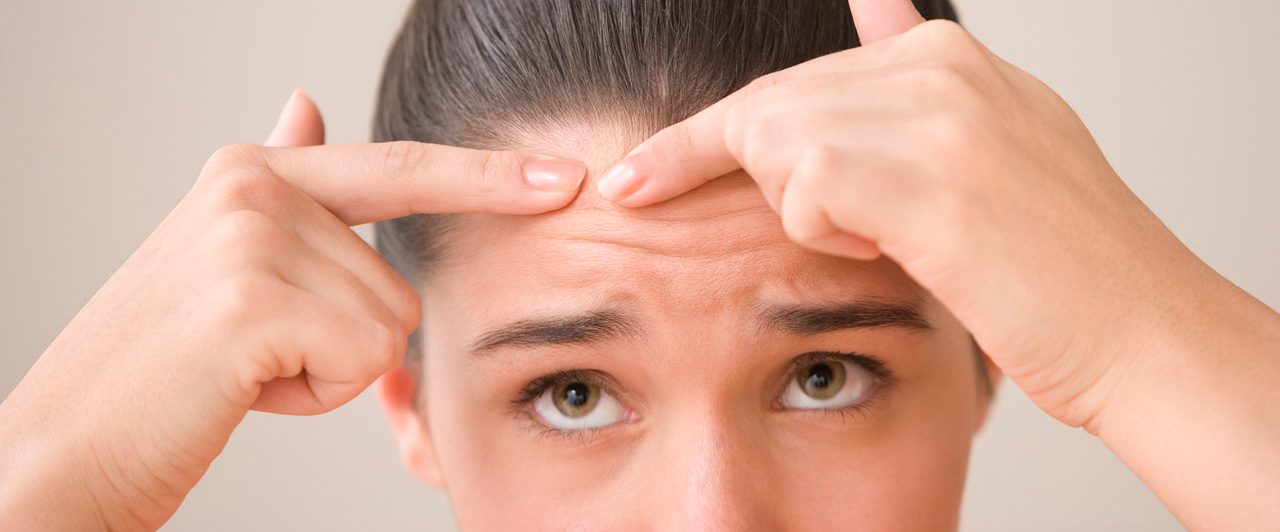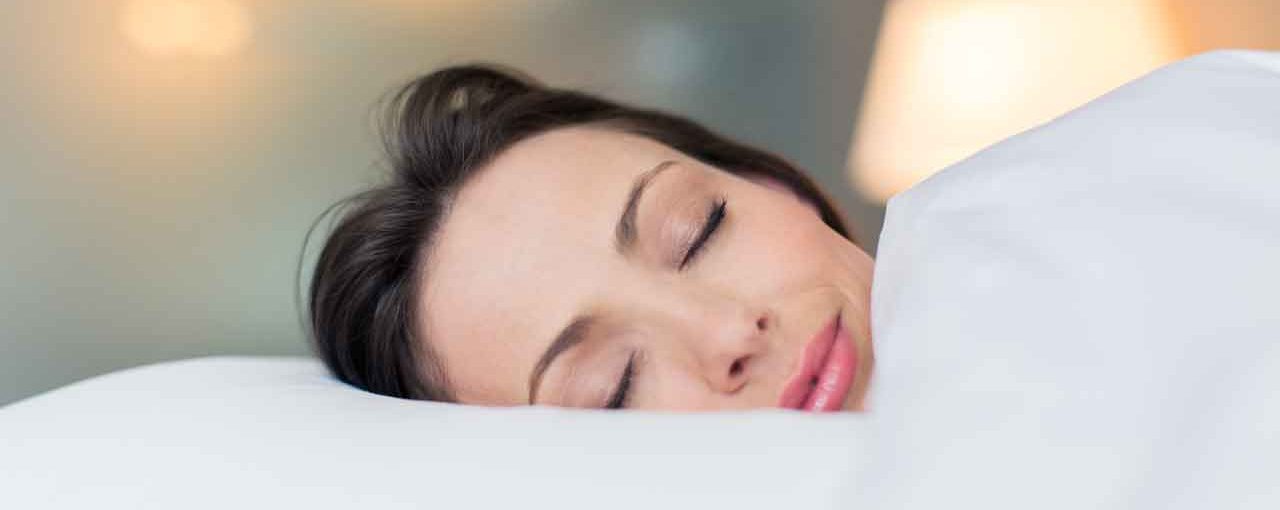November 17, 2017
Learn How to Treat Adult Acne Triggers

Treating adult acne: Learn how to stop your adult acne for clearer skin.
Shall I start this blog entry the cheesy way by invoking the all-too-familiar “You are what you eat” quote? Don’t mind if I do because it’s very true! What you put in your body really will manifest itself — whether for good or bad, sooner or later, internally or externally. While the general public’s shift to healthier food and lifestyle choices have made it easier to know what to avoid and what to gorge more on, understanding how your food affects your body can be entirely personal and goes far beyond reading labels at the store — especially when it comes to how it affects your skin.
When one sees acne on a teenager, it’s easy for many to pin it on the raging hormonal tides of puberty, but when you’re an adult and you’re still struggling with acne, it can get really frustrating. Acne is supposed to be a kid thing, right? False. A 2012 study showed that almost half of women and about a third of men have clinical acne well into their adulthood. Adult acne is very real, and has unfortunately proven to be much more complicated to treat.
YOU MIGHT ALSO LIKE: Your Natural Skin-Care Options
Best acne treatment protection for adults
I am already 27 years old, but adult acne has plagued my self-confidence over the past 3 years. I tried everything from aloe vera, to Obagi, to Proactiv, and then some, and still nothing helped. Come July 2016, out of pure curiosity, I signed up with Curology, which is basically an online subscription service that gives you direct access to licensed and experienced dermatologists. You upload pictures of your problem areas, chat with your skin professional (You can do this anytime you have a concern, or just want to check in), and then you get customized prescription medicine shipped right to your door. Best part is, it’s a single-bottle, once-a-night regimen. Hello, improved patient compliance!
While I did see and feel my medication working, I did two other things my dermatologist recommended I do, which accelerated, enhanced, and maintained my treatment:
1. Search and destroy comedogenic (pore-clogging) products, as listed by ingredient search databases like CosDNA and Skingredients.
Being a huge fan of anything by MAC, my world was rocked when literally every MAC item I owned had highly comedogenic ingredients. Drug store brands are full of them too, if you’re not careful — even the ones that promise to both conceal and treat! I have since then made a 100 percent switch to airbrush makeup, which is water-soluble, non-comedogenic, free of harmful chemicals, and the technique itself is quick and flawless.
Why spend those precious minutes in the morning beating your face with a sponge to blend a thick smear of oil-based foundation and contour, when it really should just be a matter of micro-spraying 5 to 6 small drops of something that dissolves completely with water? The latter sounds like the gentle treatment acne-prone skin should be getting.
2. Avoid cow milk, other sources of dairy, and sugar.
I am also a huge fan of cow milk. I love drinking it out of a cereal bowl post-Cheerios, and out of a tall glass as I get ready for bed. Little did I know, one of the major culprits behind my acne going haywire has actually been cow milk! Fondly dubbed by some scientists as a “complex aqueous, suspended fat, liposomal, suspended protein emulsion”, a single glass of cow milk is loaded with around 60 types of hormones — both naturally occurring, and man-made. Yes, even that gallon of hormone-free milk has been lying to you!
Milk from cows is also very pro-inflammatory, no thanks to its sugar, whey, and casein protein content. Not only does milk over stimulate insulin production — which drives overall inflammation and increases your risk for diabetes — it also makes your sebum glands produce more oil. Inflammation and excess oil production should never be mixed.
My doctor recommended that I try avoiding cow milk and other sources of dairy and added sugar for at least 2 weeks, and observe my skin for any improvement. Despite my undying love for dairy, it was time I broke free from oily skin and acne. I did it, and I’m very pleased to share with you that it worked.
Even after just one dairy-free week, I noticed my skin felt considerably less oily and my morning splotchy-ness had decreased. I could feel the reduced oil production in my scalp, and all over my body, and it did wonders for the pimples on my face, chest, and back. Yes, milk really is nature’s perfect food, but we often forget that we are not, in fact, calves.
Set a time for your own “search and destroy” mission for your skin products, and give dairy a good, long break. Your skin and the rest of your body will thank you for it!
YOU MIGHT ALSO LIKE: Best Nutrients for Better Skin in Midlife


